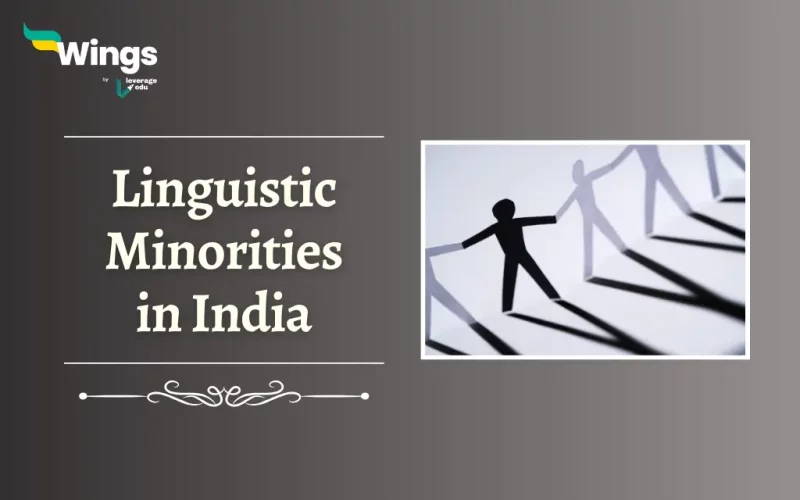Our nation India is home to a vibrant culture and remarkable linguistic diversity. However, within this rich topography, there are communities whose native languages are spoken by a smaller proportion of the population. Moreover, it is our responsibility to preserve and protect Linguistic Minorities in India. Additionally, there needs to be a guarantee of access to education, representation in administration, and promotion of cultural pride. Thus, India can give power to its Linguistic Minorities and build a truly inclusive society for all. Read on to learn more about Linguistic Minority in India, what is Linguistic Minority, What Happens to a Linguistic Minority in a State and How many Linguistic States are there in India.
Table of Contents [show]
What is Linguistic Minority?
A Linguistic Minority is a group of people living in a particular region (state, district, etc.) whose native language is different from the dominant language spoken by the majority. However, our Indian Constitution does not give a specific definition. Still, usually, a language spoken by less than 15-20% of the population in a State or region can be considered a Minority language.
Also Read: Section 66A of IT Act of India
What Happens to a Linguistic Minority in a State?
Linguistic Minorities do happen to face challenges in preserving their language and culture when there is a dominant language too. Moreover, here are the issues:
- The medium of instruction in schools might be the dominant language.
- Hence making it difficult for children from Linguistic Minorities to learn effectively.
- Thus, this can lead to educational disadvantages.
- Additionally, official documents, government procedures, and court proceedings might be done in the dominant language.
- This thus creates a barricade for Linguistic Minorities to partake entirely in civic life.
- There are limited opportunities to use and practice their language, cultural heritage and traditions. This may lead to the language to weaken over time.
- Furthermore, limited fluency in the dominant language can restrict employment opportunities and social mobility for members of Linguistic Minorities.
Also Read: What is 7th Schedule of Indian Constitution?
Efforts to Protect Linguistic Minorities
Even though the challenges may be plenty, India knows the importance of protecting our linguistic diversity. Therefore, the Indian Constitution has many provisions to protect the Rights of Linguistic Minorities:
- Article 29 and Article 30: These Articles assure the Right to conserve one’s language, script, and culture.
- Additionally, Minorities can establish and administer educational institutions where their language is the medium of instruction.
- Commissioner for Linguistic Minorities: An appointed official investigates problems and suggests actions to improve the lives of Linguistic minorities.
- Official Languages Act of 1963: This Act guarantees the use of Hindi and English for official purposes of the Central Government, while also allowing States to adopt their official languages.
Also Read: What is the 9th Schedule of the Indian Constitution?
How many Linguistic States are there in India?
There are no States in our country that are defined only on linguistic grounds. The formation of States after colonialism by the British was mostly based on linguistic identities. However, due to the movement of people and the existence of multiple languages within regions, most States in India have a dominant language along with many minority languages.
For example, Hindi is the dominant language in Uttar Pradesh, but Urdu, Bhojpuri, and Awadhi are also spoken by a substantial amount of people. Another example is Tamil, which is the official language of Tamil Nadu, but languages like Telugu, Malayalam, and Kannada are also spoken within the State.
Related Blogs
Lastly, we hope you liked our blog and gained an understanding of the Linguistic Minorities in India. Moreover, you may even read more blogs and empower yourself with knowledge regarding Civics and Polity!
 One app for all your study abroad needs
One app for all your study abroad needs















 45,000+ students trusted us with their dreams. Take the first step today!
45,000+ students trusted us with their dreams. Take the first step today!
